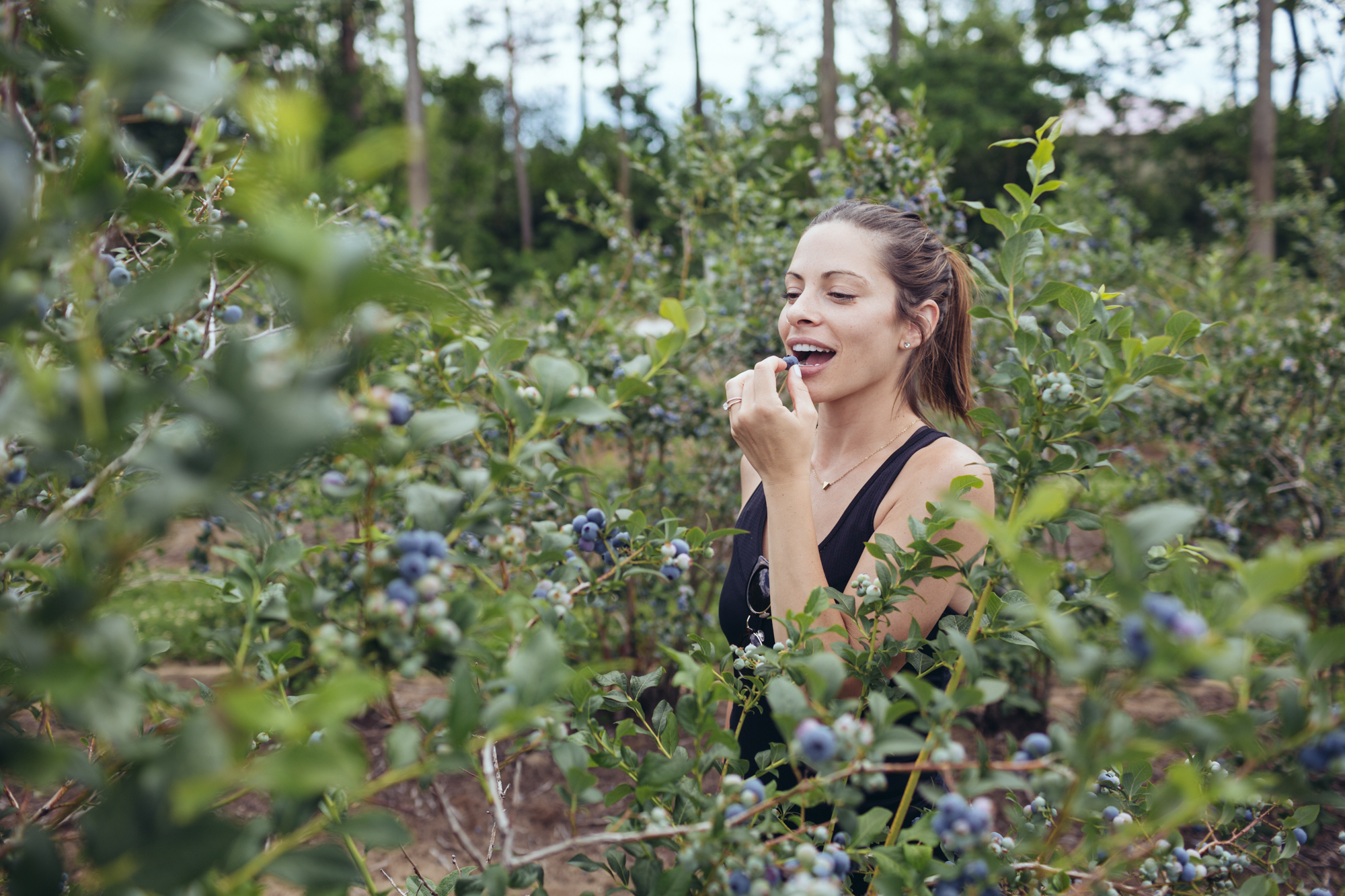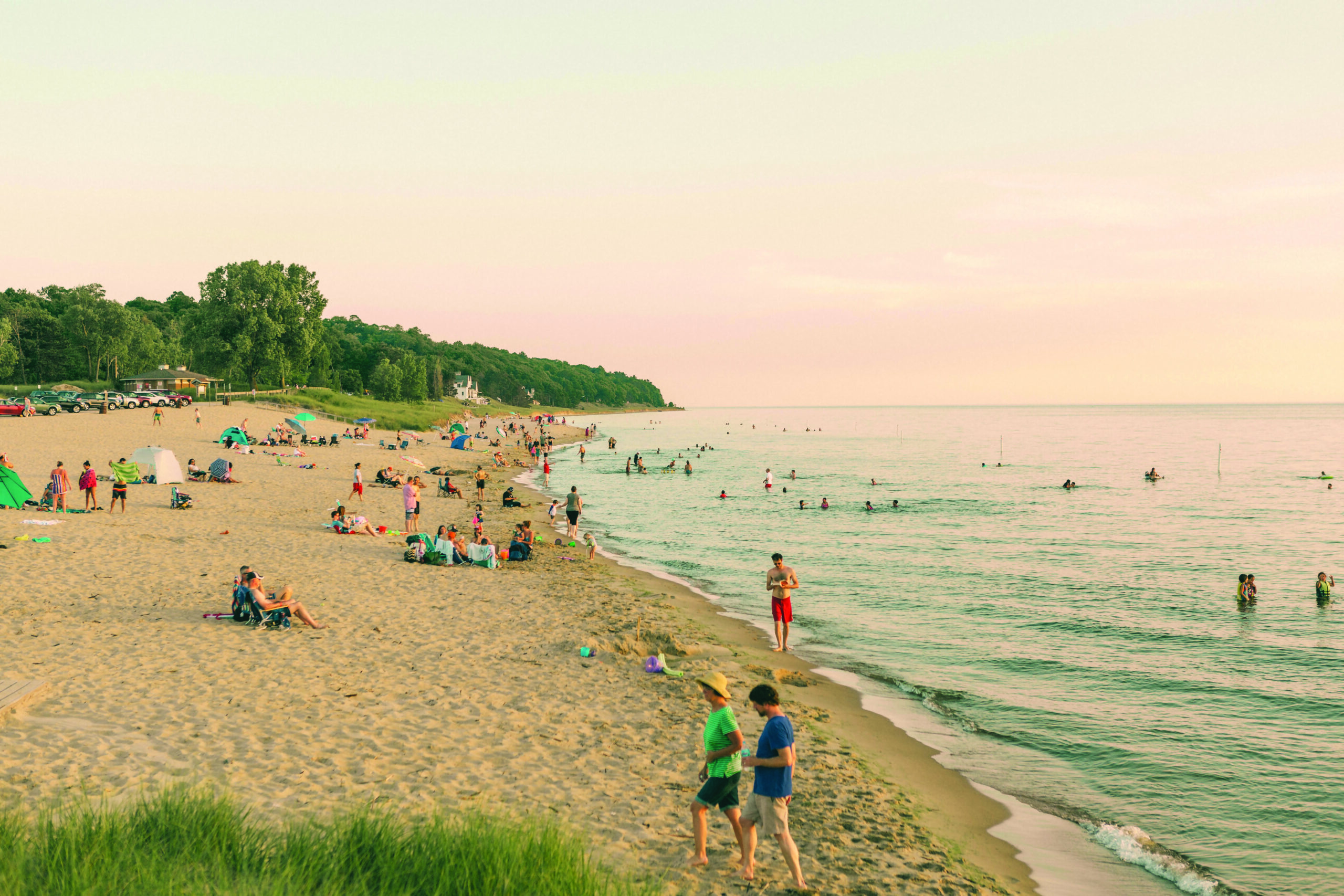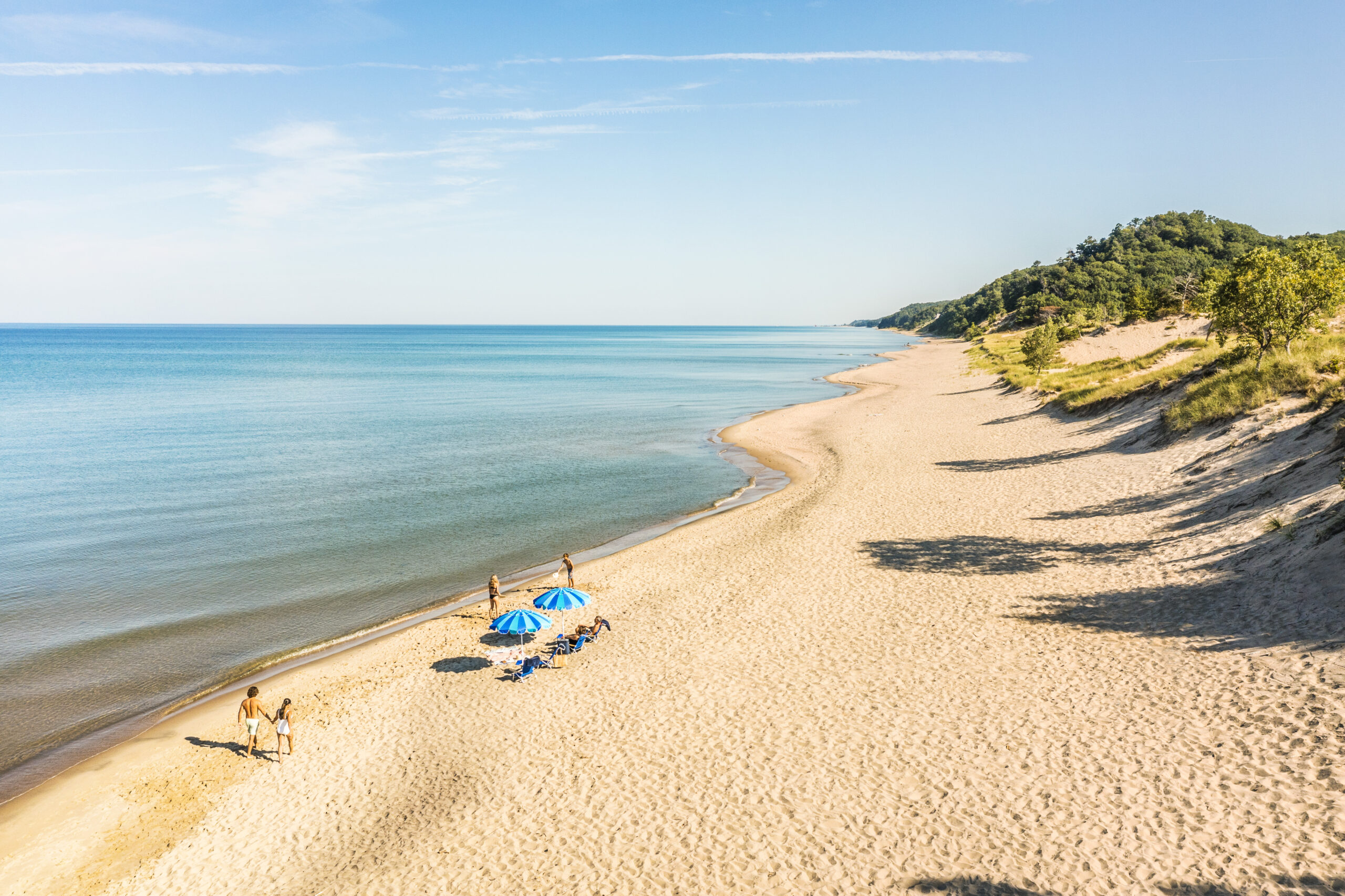Gathering Goodness: Foraging Along the Art Coast®
With various forest, wetland, and dune ecosystems, the Art Coast® is a haven for foraging. During your next trip to Saugatuck/Douglas, explore our seasonal abundance of edible plants, mushrooms, and herbs. These wild plants are more nutrient-dense than store-bought produce. They also help you maintain a low carbon footprint by avoiding plastics and packaging. And the best part is that foraged food is free!

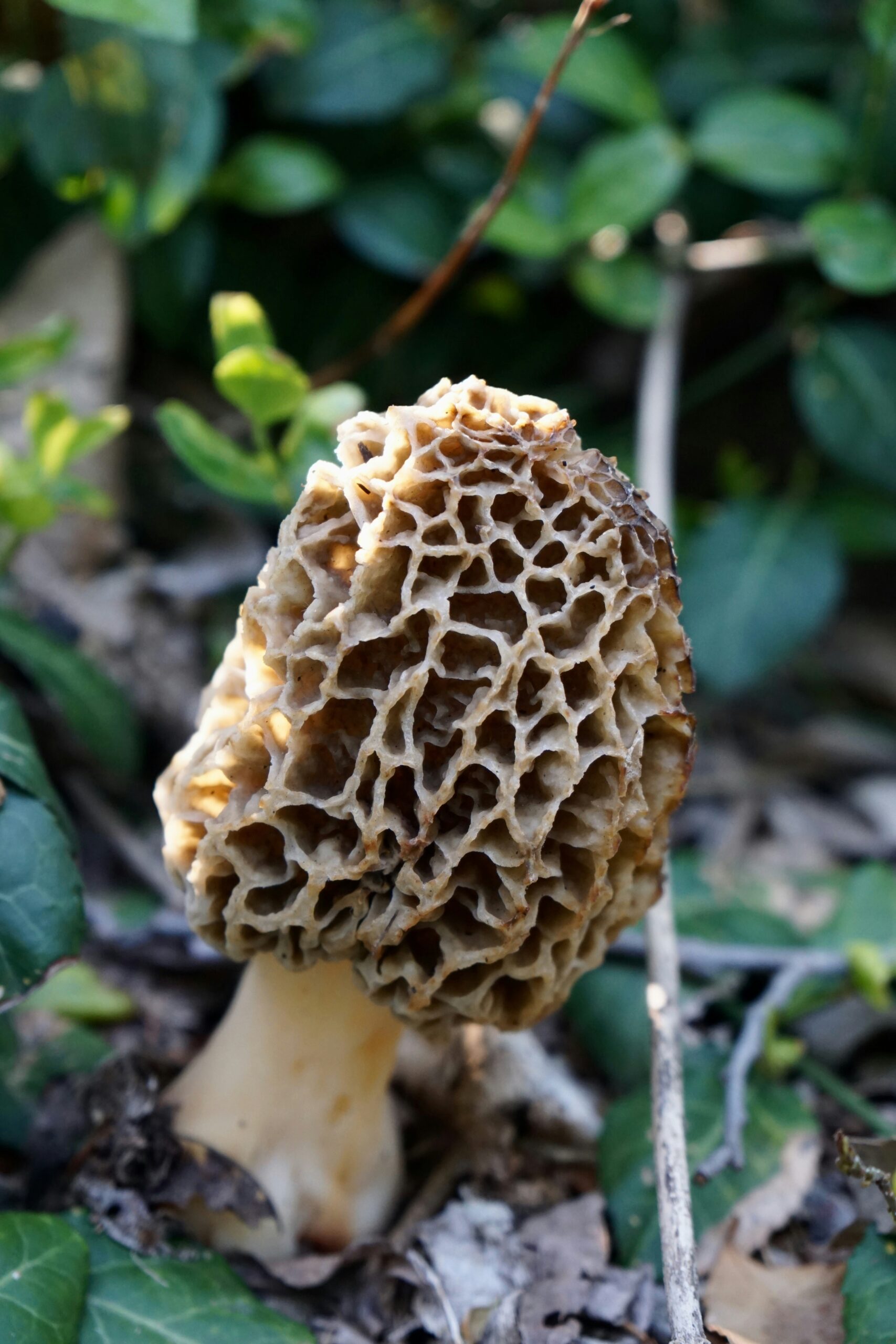
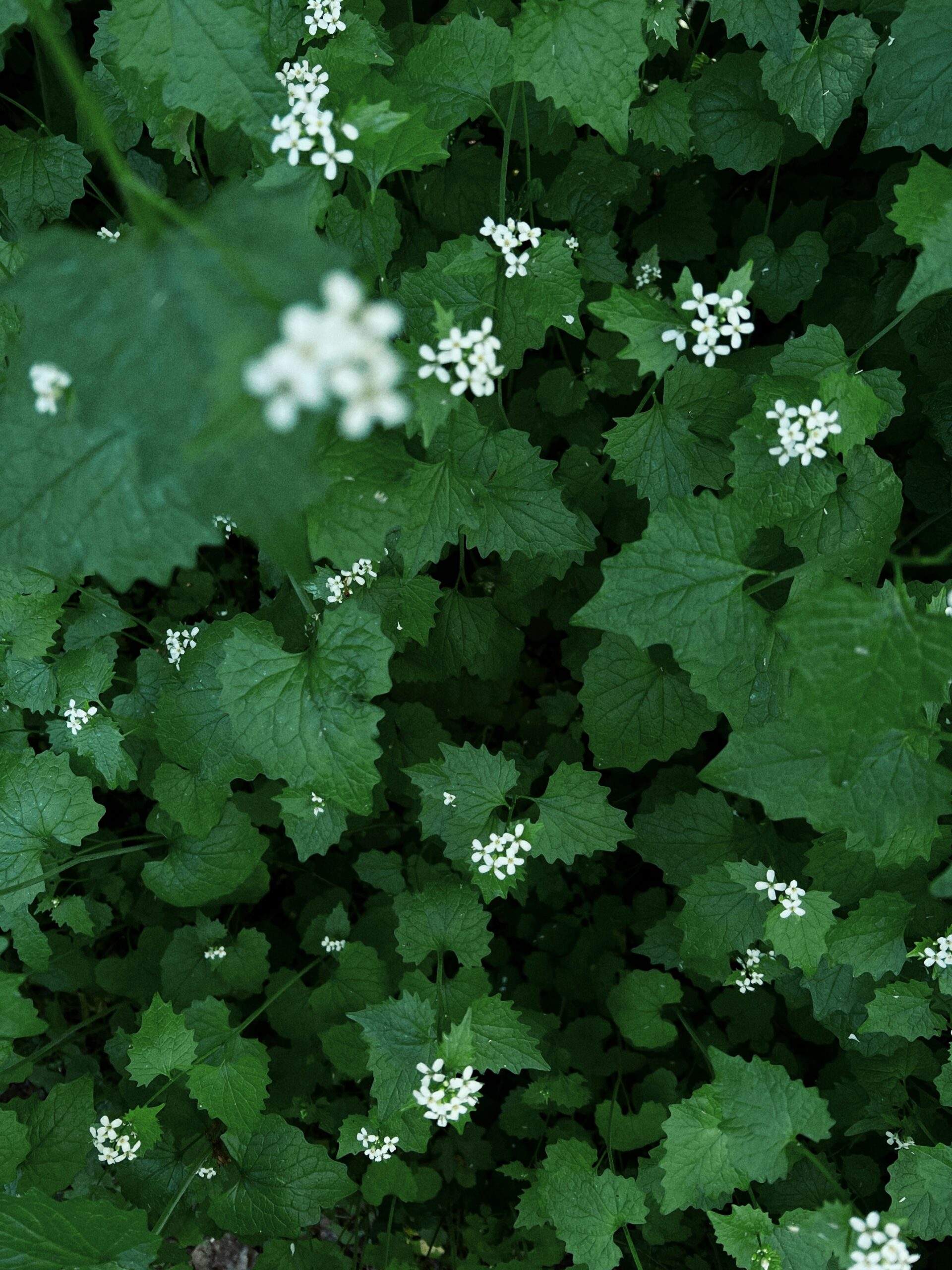
Spring Gathering
The forest unveils many foraging opportunities as the snow melts and the ground warms. One of the most sought-after finds is the morel mushroom, known for its distinctive honeycomb appearance and rich flavor. These mushrooms typically emerge in April and May, especially in areas with decaying elm, ash, or apple trees. Remember to use a mesh bag when collecting to allow spores to disperse and promote future growth.
Garlic mustard, a tasty yet invasive species, is also a popular plant to forage in the late spring. Its young leaves have a mild, garlicky flavor ideal for pesto, salads, and sautéed dishes. By removing the entire root when harvesting garlic mustard, you can help control its spread, benefiting native plant communities.
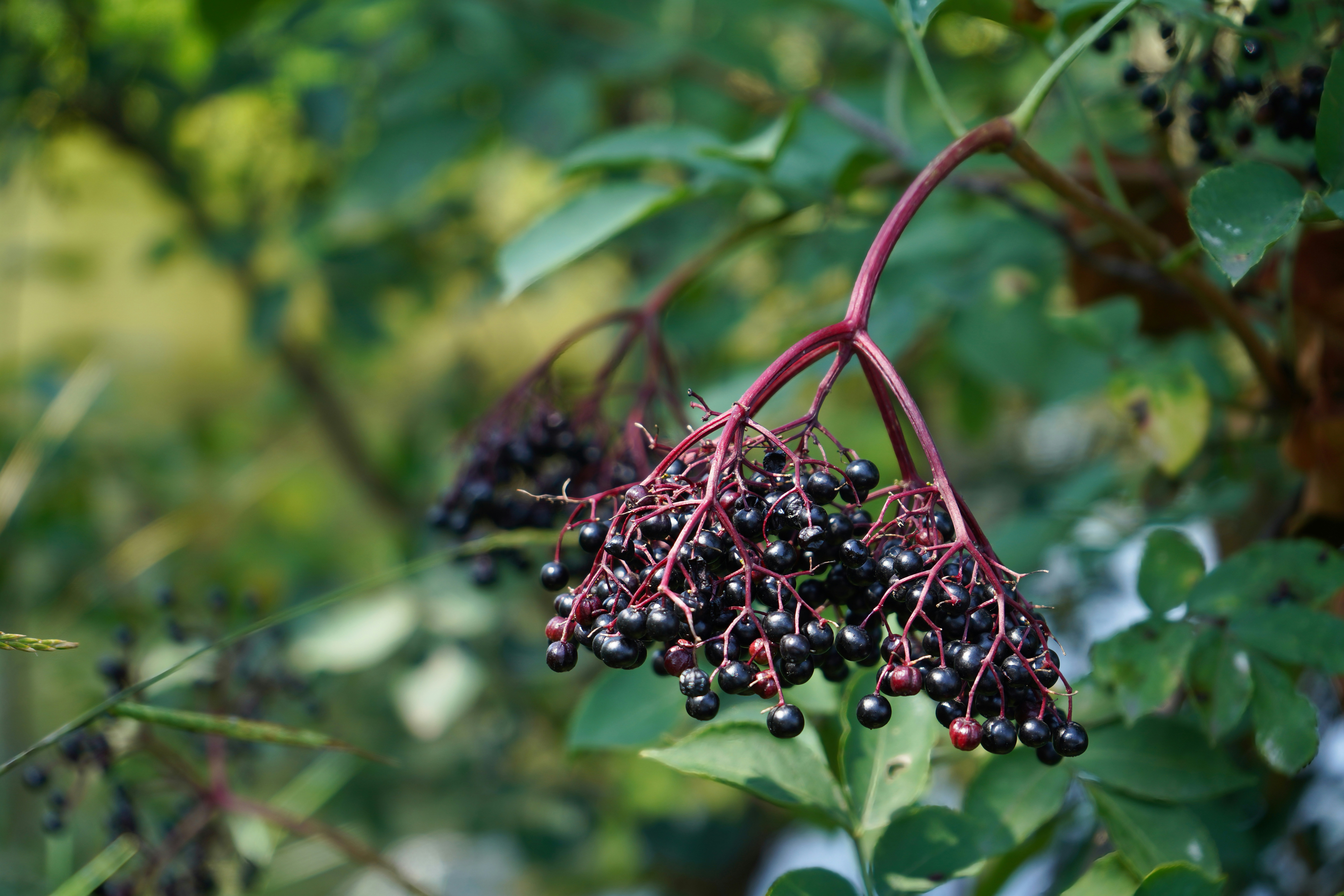
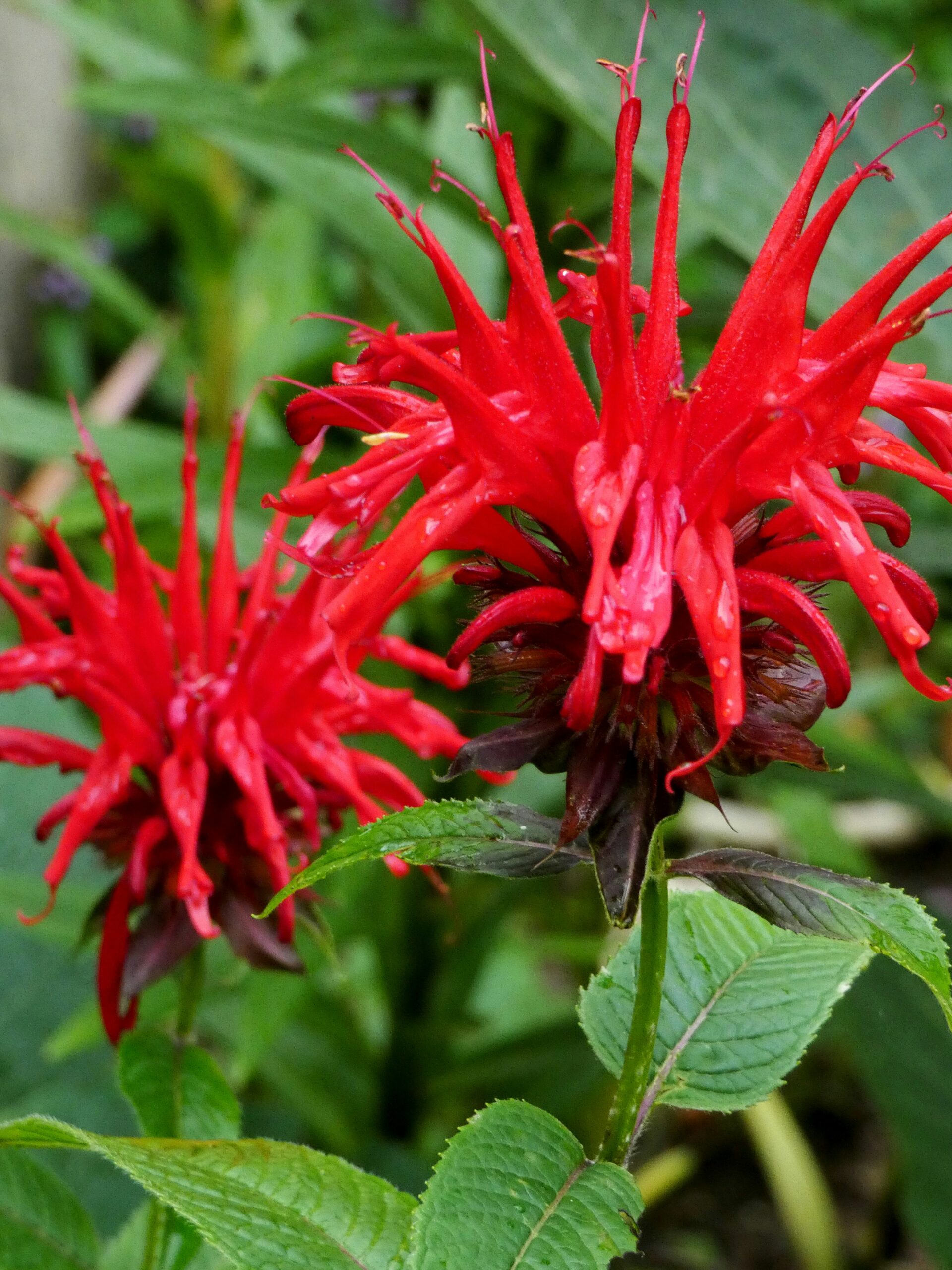
Summer Bounty
Summer offers a buffet of berries and edible plants. Brambles, such as blackberries, raspberries, and thimbleberries, flourish along sunny trails and forest edges, offering sweet treats rich in antioxidants. Juneberries, a dark purple berry with a fringe-like crown on the ends, ripen in early summer and can be found in sandy or open forest areas near aspens, oaks, maples, and jack pines. Their flavor resembles that of blueberries, making them perfect for jams or snacking.
The American Elderberry is another sought-after plant that forms shrubs or small tree thickets. Look for cream-colored clusters of star-shaped flowers that grow into dark purple bunches of fruit that ripen in late summer. You’ll find them along woodland edges in partial shade, often in moist areas such as along the lakeshore or wetlands. The elderberries should always be cooked and are popular in baked goods, pies, and syrups.
Wild asparagus, identifiable by its feathery foliage, often grows in open fields and along roadsides. Harvesting young shoots in late spring to early summer yields the most tender and flavorful stalks for salads or cooking. You should also be on the lookout for Wild Mint, Yarrow, and Bee Balm, which can be brewed into teas or used for flavoring or garnishes.
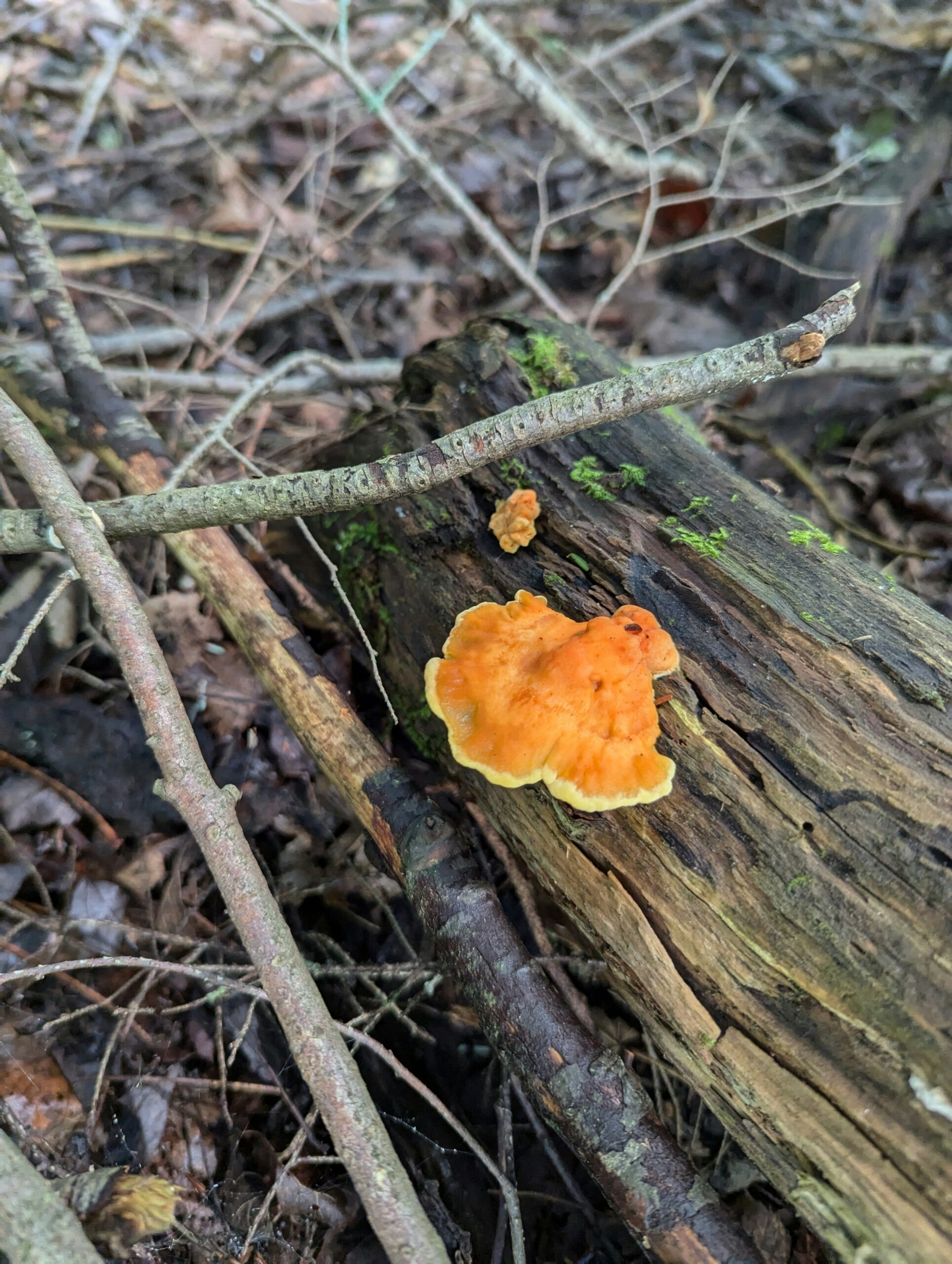
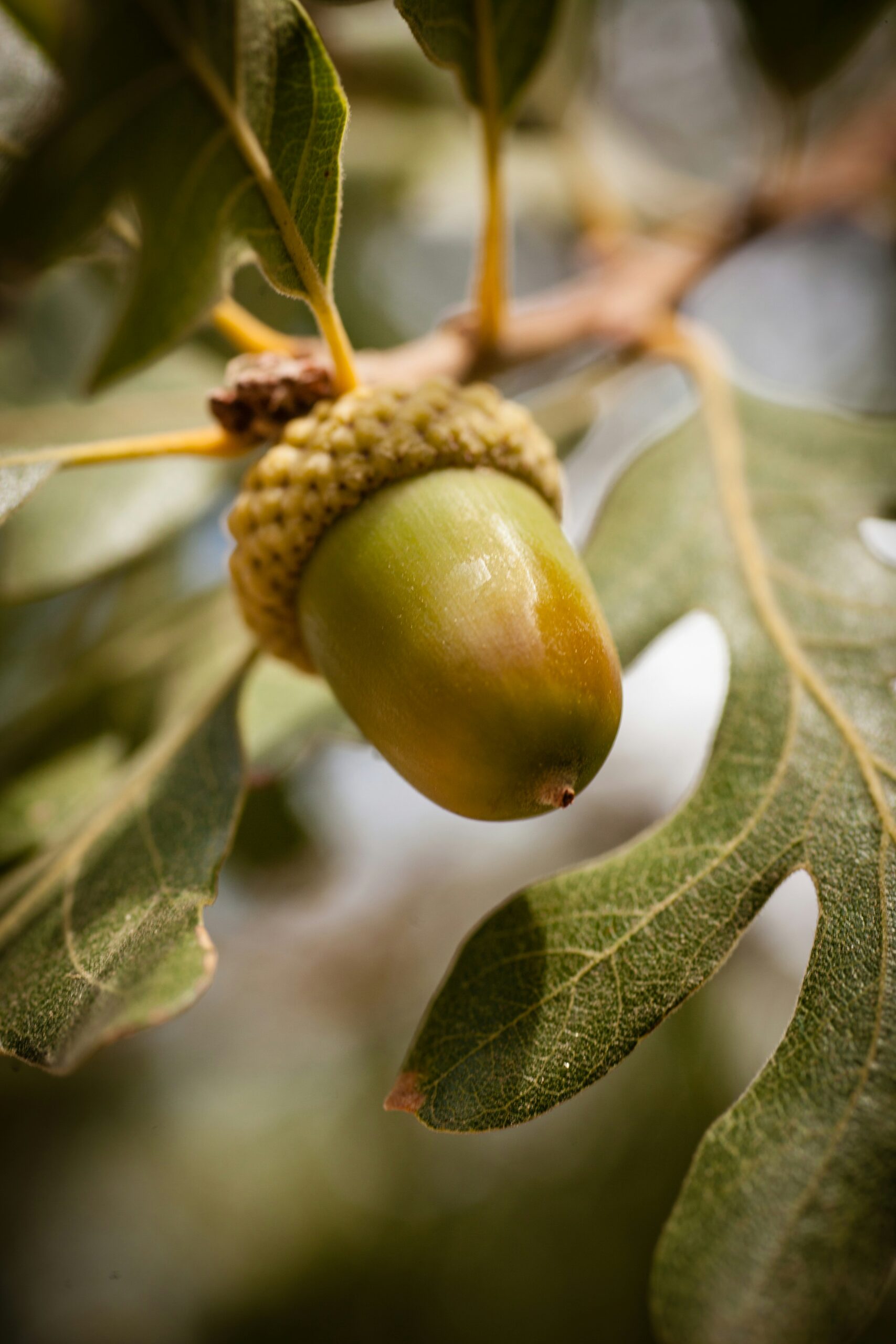
Autumn Harvest
As the air turns crisp, fall offers its own foraging treasures. Chicken of the Woods and Hen of the Woods mushrooms appear on decaying hardwoods. The Chicken of the Woods variety has a lemony, chicken-like flavor, making these mushrooms an ideal meat substitute in tacos and stir-fry dishes. Hen of the Woods mushrooms have a rich, umami flavor that enhances ramen or risotto, or stands out when you use olive oil or butter to sauté them.
Acorns are another fantastic item to forage in the fall. These nuts contain starch, fats, and protein. Grind them up to make flour for pancakes, breads, and cookies with a nutty, slightly sweet flavor. Also, keep an eye out for hickory nuts, black walnuts, and wild grapes, which grow along fences and forest edges.
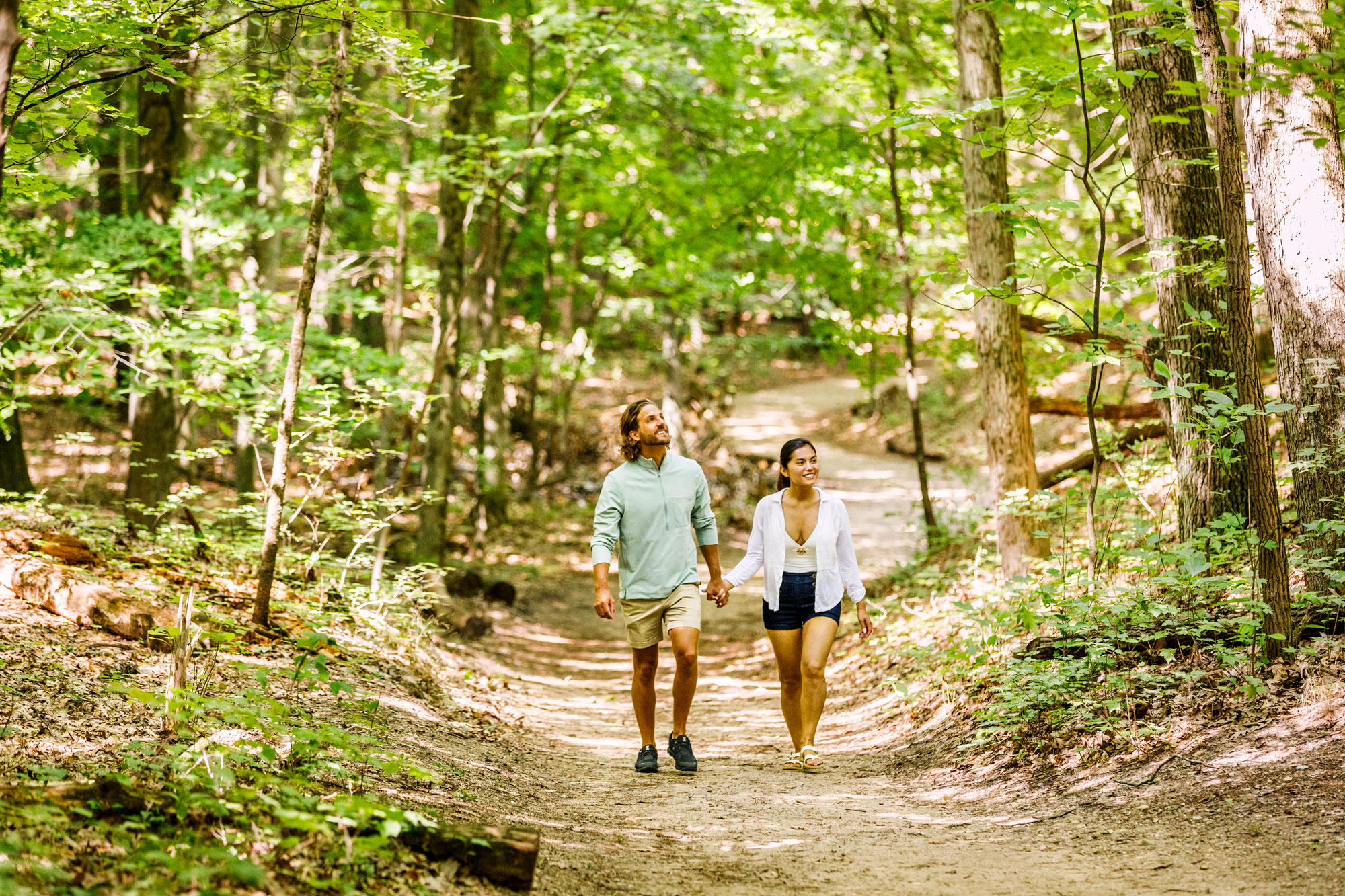
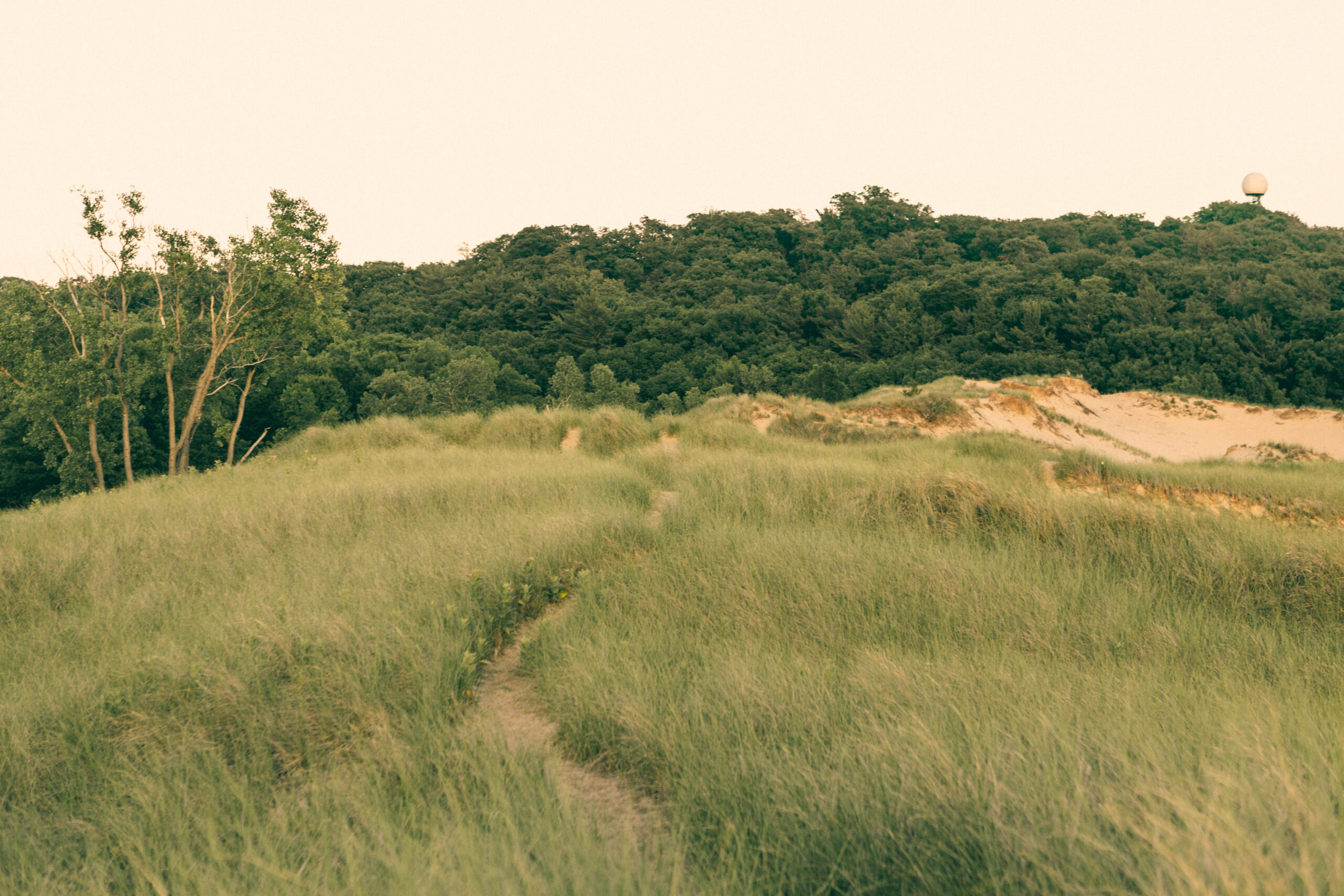
Foraging Locations and Tips
The best places to forage along the Art Coast include the Saugatuck Dunes State Park, which offers 1,000 acres of maple and pine forests, rolling dunes, and wetlands. Saugatuck Harbor Natural Area is another great option, especially if you’re looking for dune and wetland flowers. This 2.5-mile trail features unspoiled dunes, delicate wetlands, and breathtaking views of Lake Michigan.
Before embarking on a foraging adventure, check out the Michigan DNR’s online guide for foraging wild plants and berries. The guide will help you safely collect plants and avoid those that could be harmful, and includes the following recommendations:
Practice Proper Identification: Never consume a plant or mushroom unless you’re 100% certain of its identity.
Sustainably Harvest: Take only what you need, and avoid overharvesting to keep plant populations healthy.
Respect Regulations: Some areas may have restrictions on foraging. Always check local guidelines.
Leave No Trace: Tread lightly to avoid disturbing the natural habitat.
